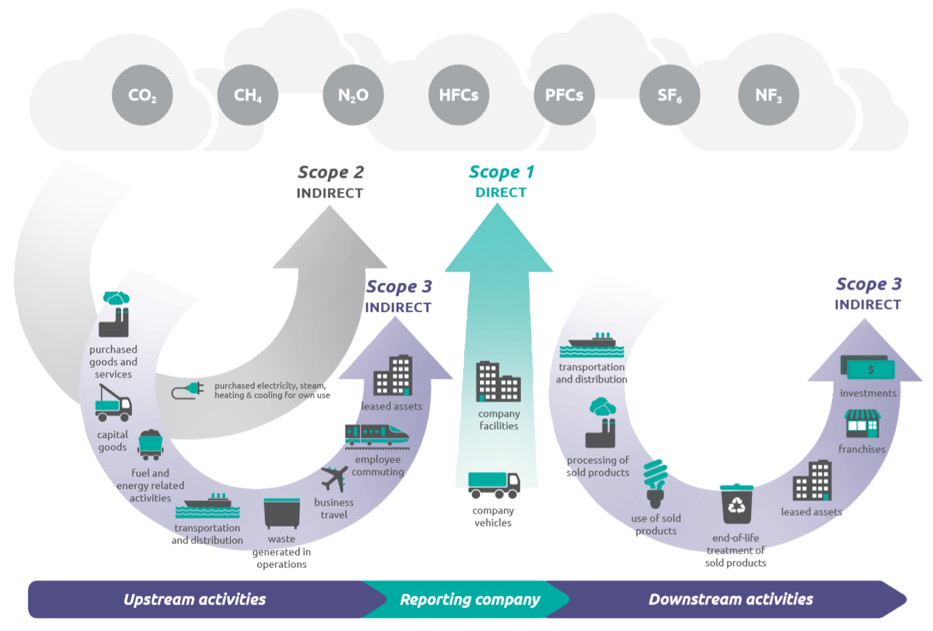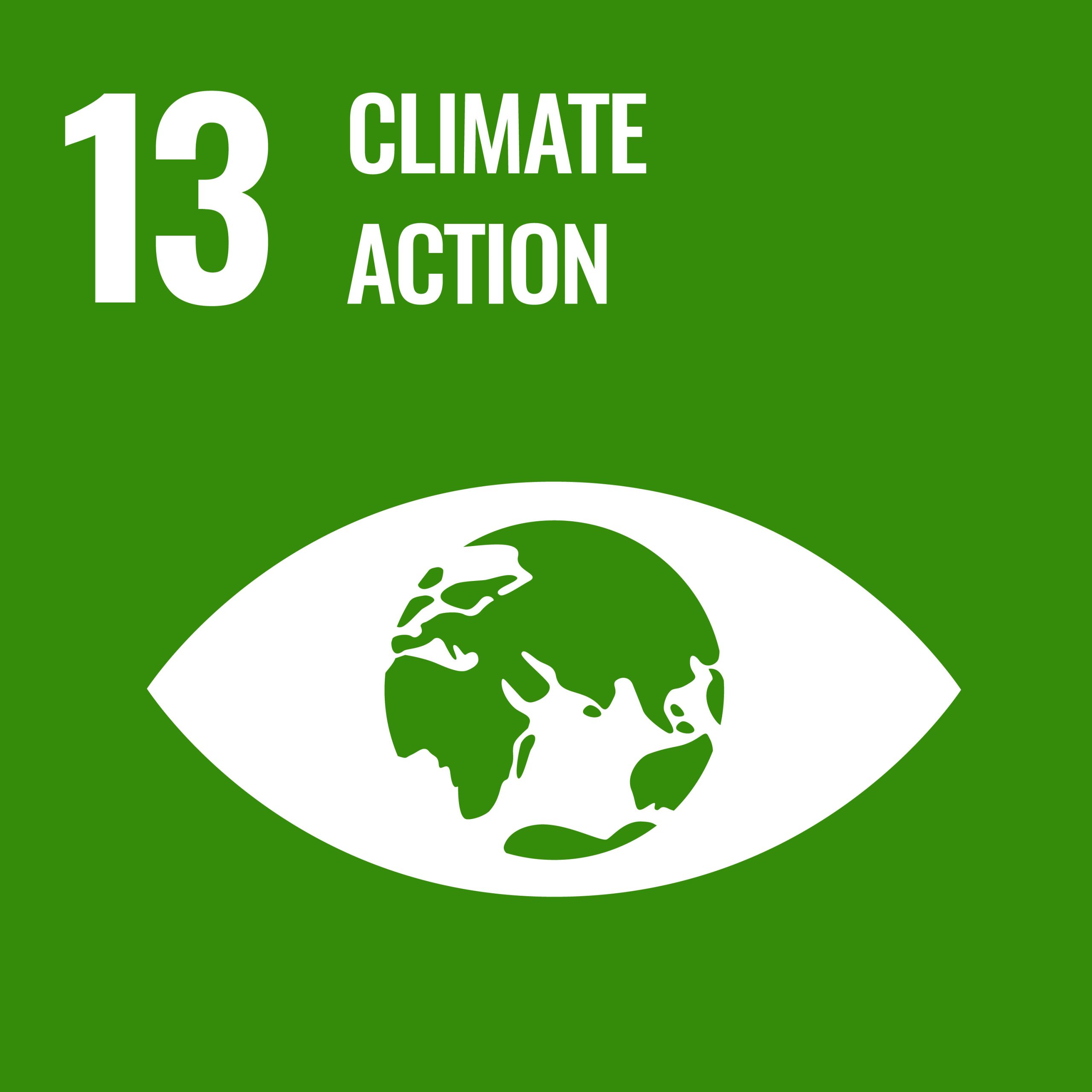Carbon Offsetting: The answer to the climate change or part of the problem?
The transport sector currently represents over a quarter (27%) of Europe’s greenhouse gas (GHG) emissions, and two of the biggest impacts you can have on your personal carbon footprint is using a car and taking flights. It is not surprising, then, that one of the current trending topics around tackling climate change is carbon offsetting.
This has led to a major increase in questions our team has received over the last 6 months: How can I offset the carbon associated with my research and travelling for work? What is the University’s policy on offsetting? Do carbon offsetting schemes deliver what they advertise? These are questions I asked myself when I decided to offset my own household’s emissions. Navigating the many schemes on offer was confusing, but after a lot of research I learnt what to look out for when considering carbon-offsetting.
Firstly, what is carbon offsetting?
Carbon offsetting is a form of trade. It is based on calculating how much CO₂ is emitted by a certain activity that you are doing, and then funding a project designed to reduce carbon emissions by the same amount elsewhere. This is supposed to “neutralise” the effect of your emissions. There are three main types of Offset schemes:
- Reforestation/forest preservation carbon offset projects sequester CO₂ emissions from the atmosphere in trees and soil and have many co-benefits for communities and local wildlife.
- Energy efficiency projects reduce the need to produce more energy now. An example of this looking to modern energy cooking in rural and developing countries. Our very own Prof. Ed Brown is leading a global research project on this.
- Renewable energy is critical to our fight against climate change. Experts agree we need a substantial reduction in CO₂ over the next 40-50 years, meaning renewable energy must replace fossil fuels now.
The projects are usually based in developing countries and most commonly are designed to reduce future emissions.
Does offsetting deliver what is advertised?
While projects protecting forests can be a good way to reduce GHG emissions, tree-planting offsets should be analysed with a critical eye. It can take 40 years before a tree reaches maturity and is able to sequester 1 tonnes of CO₂. There is also uncertainty around the longevity of these forests, as it is difficult to guarantee that the trees will be protected and/or reach maturity in order to sequester a substantial amount of carbon. An example of this is when Coldplay bought 10,000 mango trees in India to offset their ‘A Rush of Blood to the Head’ album in 2002, only to see many of them die several years later.
Unregulated tree-planting projects have also seen the introduction of fast-growing invasive species and monocultures to cut costs, resulting in damage to native forests and a reduction of biodiversity.
There is a strong argument that renewables are the best form of official offset, as they are addressing the main issue that is causing climate change: our reliance on using fossil fuels for energy. There is also usually more permanence and the data is easier to quantify than tree planting schemes.
What is the University’s carbon footprint?
As a University we are still in the infancy of understanding our total carbon impact as there are so many direct and indirect emissions associated with the Universities activities. We know that our Scope 1 & 2 emissions equate to 28,000 tonnes of CO₂, but we anticipate that Scope 3 could be 4-6 times this. Figure 1 shows the breakdown of each scope. Scope 3 emissions are much harder to calculate due to the fact much of it sits outsides of the University’s control, and we are working to improve our data collection and reporting methods but a lot of this remains out of our control. At this moment in time, we know we can only calculate around 80% of our business travel due to the quality of data and this is estimated at around 5,000 tonnes CO₂.

Figure 1: Scope 1,2 & 3 emissions Source: GHGprotocol.org
What is the University doing to address this?
We have over 7,000 trees on campus excluding our ancient woodlands, but this only scratches the surface in terms of CO₂ absorption. After some basic calculations, our Gardens team have estimated that our trees on campus sequester roughly 1% of the University’s CO ₂ emissions.
Back in 2010 the University began planting its Carbon Meadow as a voluntary offset scheme. This had the added benefit of providing extra habitat for campus wildlife.
The University doesn’t currently have an offset scheme, this is something we are exploring but we first need to fully understand the total environmental impact of the University’s activities.
What should we look for when offsetting?
Quantify, Reduce & Eliminate First
First think about the steps you can take to reduce your current negative environmental impact. Once you have explored all areas for emissions reductions, offset those emissions which cannot be eliminated. After you’ve done everything you can, quantify the emissions you will need to offset.
Additionality
Additionality looks at whether the project would have occurred regardless of the investment raised by selling carbon offset schemes. If the project would have happened anyway then this is not additional, and you are not truly offsetting your emissions. This is one of the most complicated areas to navigate when it comes to offset schemes, generally due to the lack of traceability, but it also one of the most important.
Standards
Several standards have recently emerged: The Voluntary Carbon Standard (VCS), the Gold Standard, and the Climate, Community and Biodiversity Standard. While they focus on different types of offsets, all the standards share the goal of bringing continuity across the many carbon offset schemes.
Co-benefits
While the main goal of offsetting is to reduce GHG emissions, there can be several benefits on top of this. Some offset schemes also support projects with positive economic & social impacts, such as employment or enhanced biodiversity.
My final thoughts
In a bid to be carbon neutral, offsetting can play valuable role, but should not be the only solution. We should be looking to move towards cleaner industries and lifestyles and offsetting should not be an excuse for companies and individuals to ignore this. Industries can often hide behind offsetting and ignore the inefficiencies elsewhere in their businesses.
In a world where being face to face is only a video call away, do we really need to travel for meetings all the time? I recently attended the EAUC Green Gown awards in Glasgow and a student from Exeter University, who was nominated for an award, made the decision not to travel to Glasgow due to high carbon footprint. We as individuals should be considering our environmental impact before offsetting the emissions we can’t eliminate. Voluntary offsets can easily become an excuse to overindulge and not feel guilty about it.

Sustainably Speaking
Loughborough University Sustainability Blog